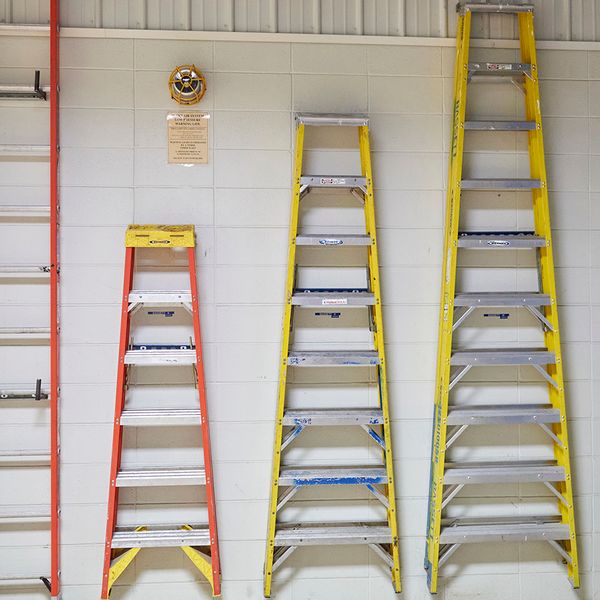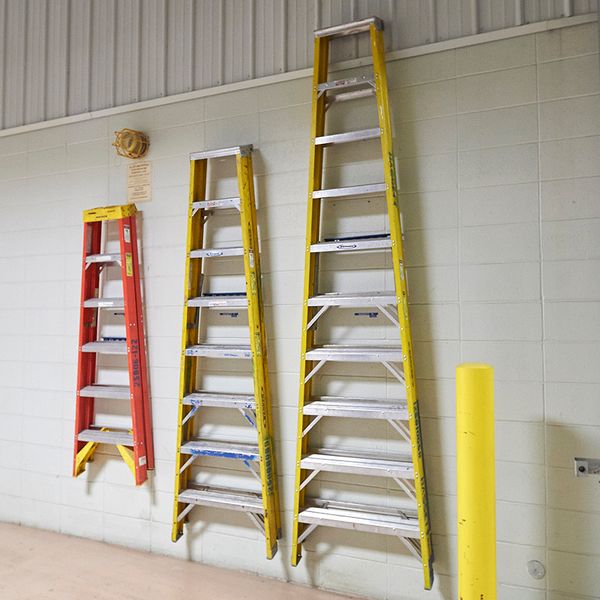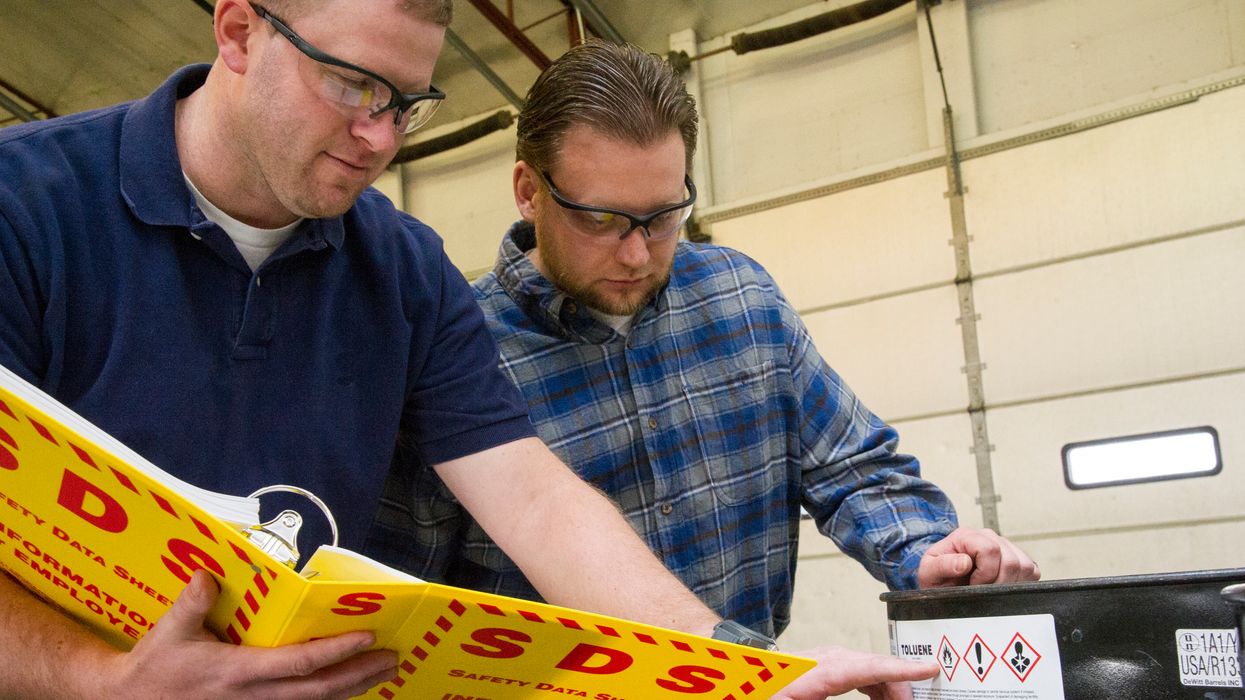Have a plan to prevent risky ladder use
We all think we know how to use ladders safely. But are you sure? You better have a plan, because falling off a ladder can result in severe bruising, lacerations, broken limbs, and skull fractures.
What’s the plan?
When the job requires you to reach a higher work area, think about the best equipment to use. We often automatically reach for a ladder or stepladder, but that might not be the best choice.
Ask these questions first:
- How high is the elevated area I need to reach?
- Is my ladder long enough so that it’s going to be stable at those heights?
- If I need to access another level, does the ladder reach past the landing point by at least three feet?
- Am I going to be holding onto items while climbing and working from the ladder?
- How long will it take to get the task done while working from the ladder?
- Do I have to stand on the ladder sideways to do this work?
If your answer is yes to one of the above questions, consider using something other than a ladder. If possible, use equipment like a scissor lift or aerial lift. If you use either , remember to train employees on how to safely operate them.
If you must use a ladder, try to use one that has a working platform with handrail barricades on the sides (e.g., a platform stepladder.)
A ladder it is
If you decide to use a ladder, make sure you follow these safety rules:
- Before using a ladder, check it carefully to ensure there are no visible defects and that it is in good working condition. Check the ladder according to the manufacturer’s instructions. Maintain and store the ladder according to the manufacturer’s instructions.
- Read all decals and stickers on the ladder for safety information and follow that information.
- Use the right ladder for the job. For example, ensure the ladder is long enough for you to reach the work area without having to stand on the top rung of a stepladder. For a straight ladder, check with the manufacturer on which rungs aren’t to be used to stand on.
- When using ladders to access another level, secure and extend the ladder at least three feet above the landing point to provide a safe handhold.
- Secure the base of the ladder.
- Wear proper footwear. Often work shoes with a substantial heel are recommended so your foot doesn’t slip off the rung.
- Place the ladder on stable and level ground. Don’t place it on an uneven surface.
- Prevent a passerby from walking under or near ladders in use by using barriers (e.g., cones) or getting a coworker to act as a lookout.
- Ensure a stepladder is fully extended before starting work.
- Always maintain three points of contact with the ladder.
- Don’t carry any tools or materials in your hands when climbing a ladder.
- Don’t lean away from the ladder to carry out your task. Always keep your weight centered between the side rails.
- Don’t use ladders near doorways. If you need to use a ladder near a doorway, make sure that the door is locked.
Action items
This is a great time to review your ladder safety and training program (if you don’t have one, maybe you should.) Revise it, as necessary.
Check your accident near miss log and your OSHA 301 form to see if you’re having problems related to risky ladder use. Also, it doesn’t hurt to do refresher training regularly.
Key to remember
Ladders are often essential for getting work done in your facility. However, determine if a ladder is your only option and if so, consider all aspects of ladder safety.


















































